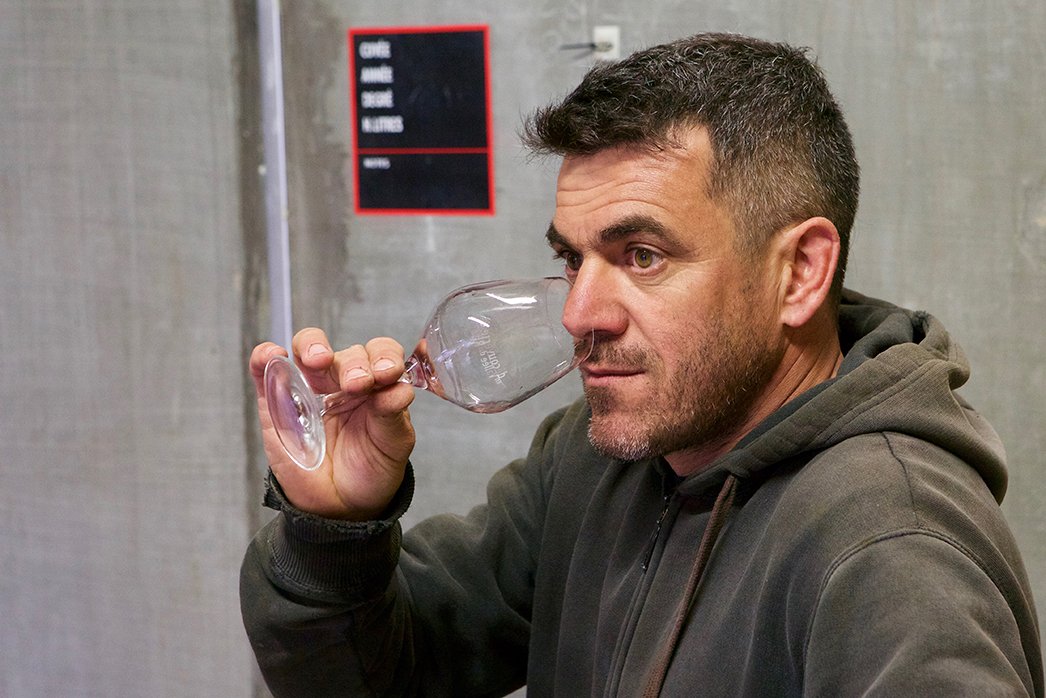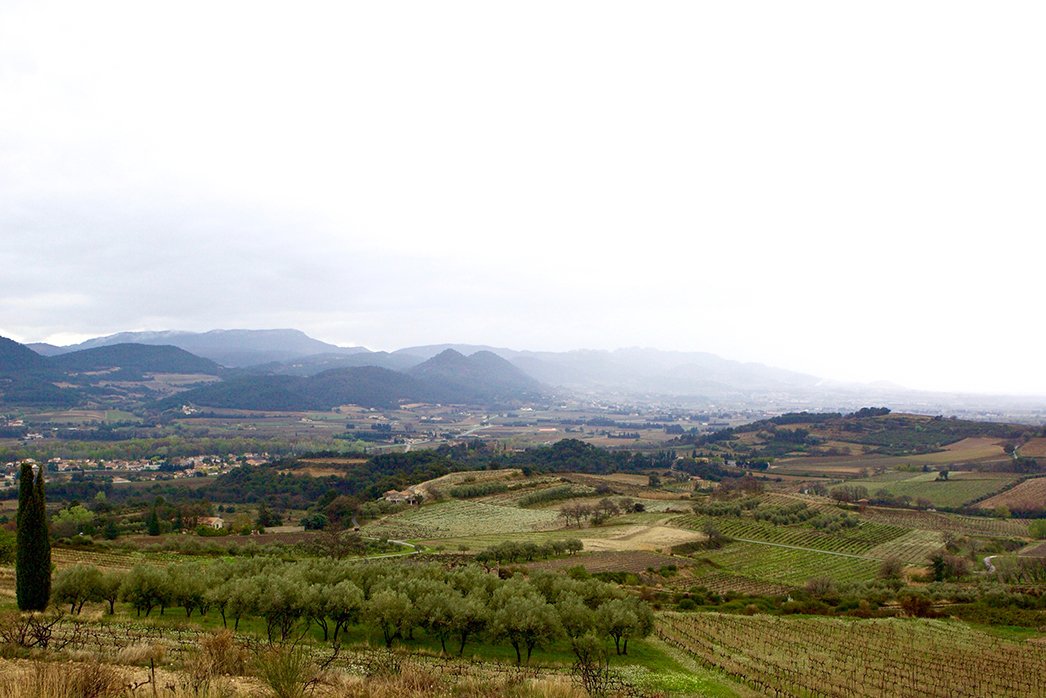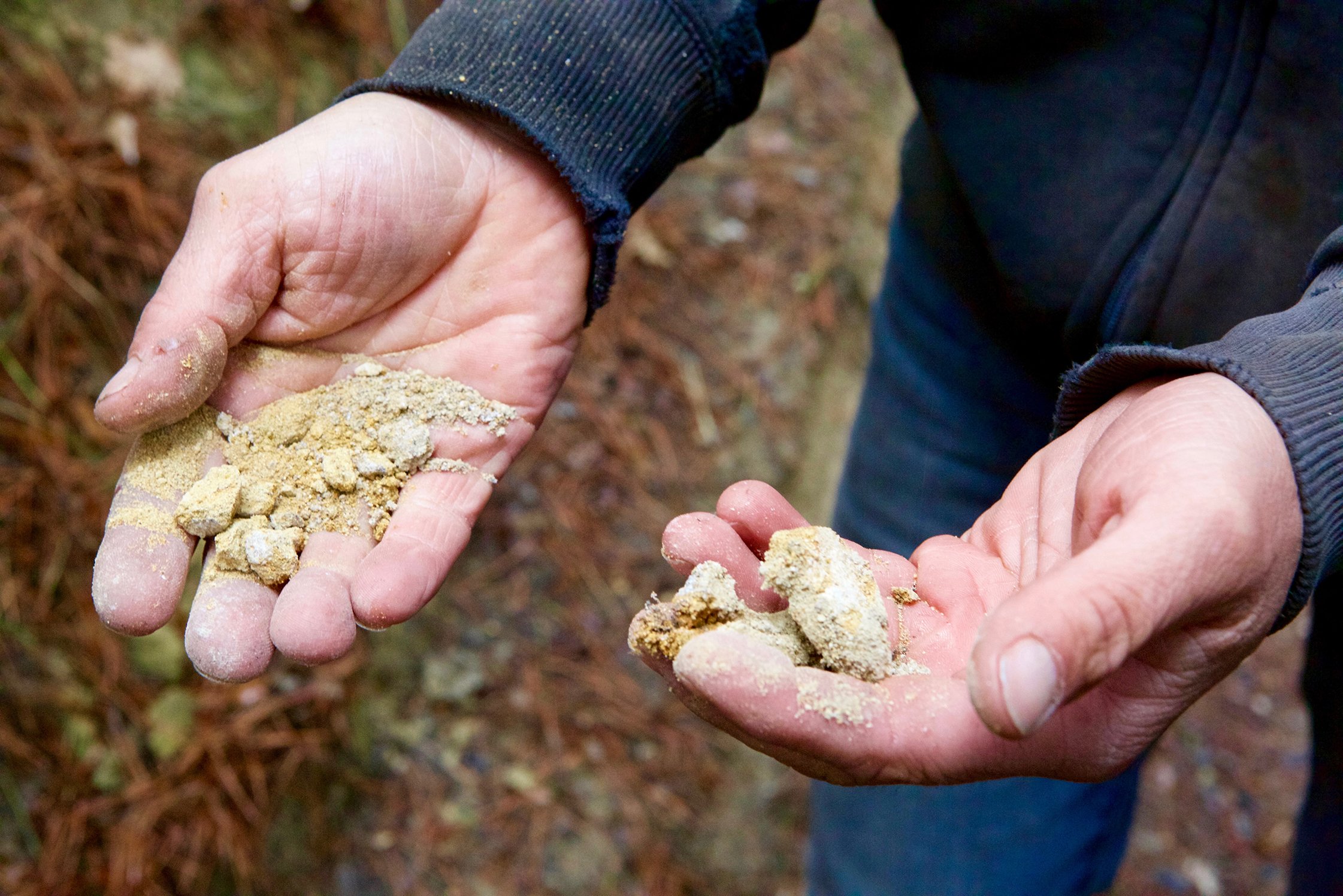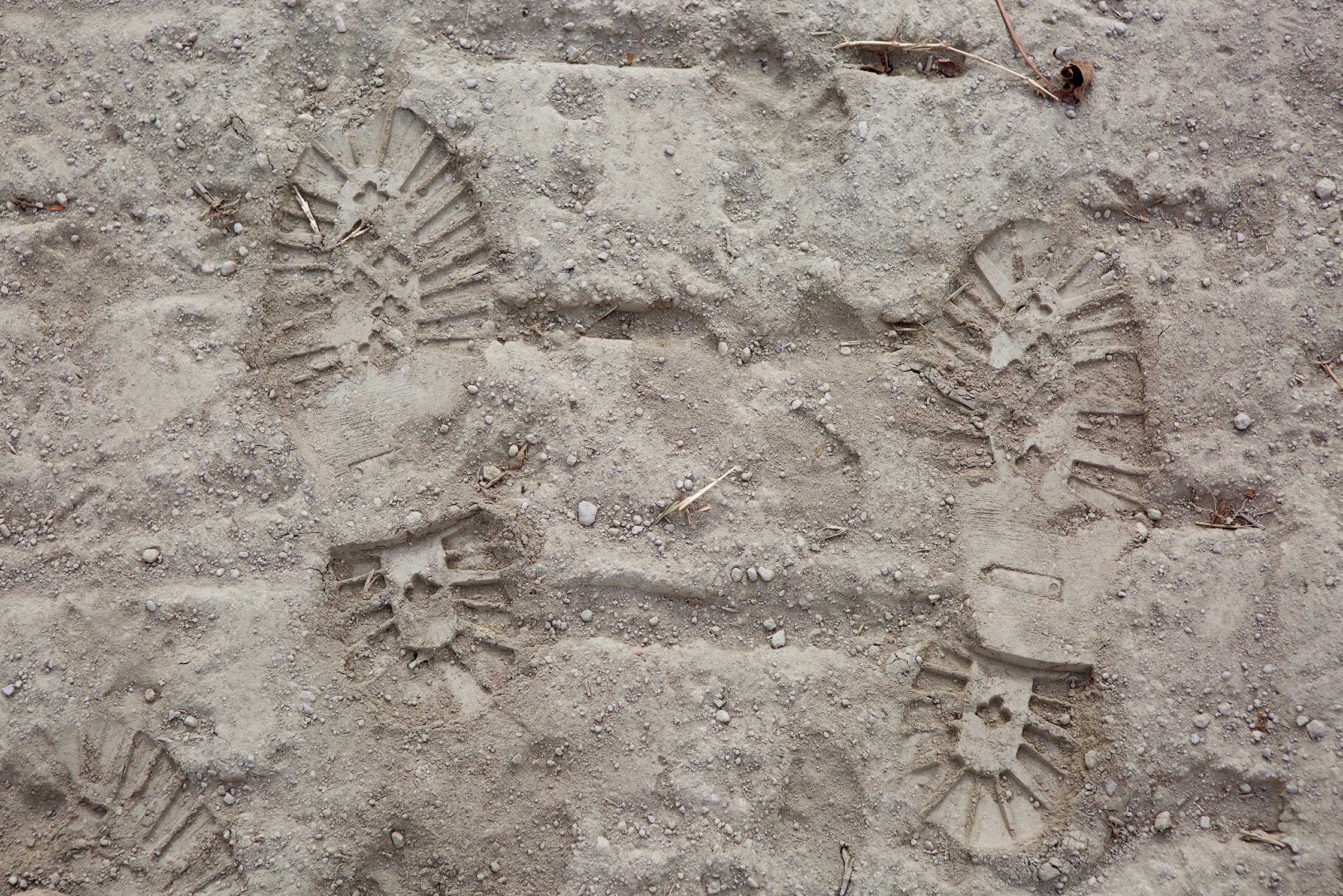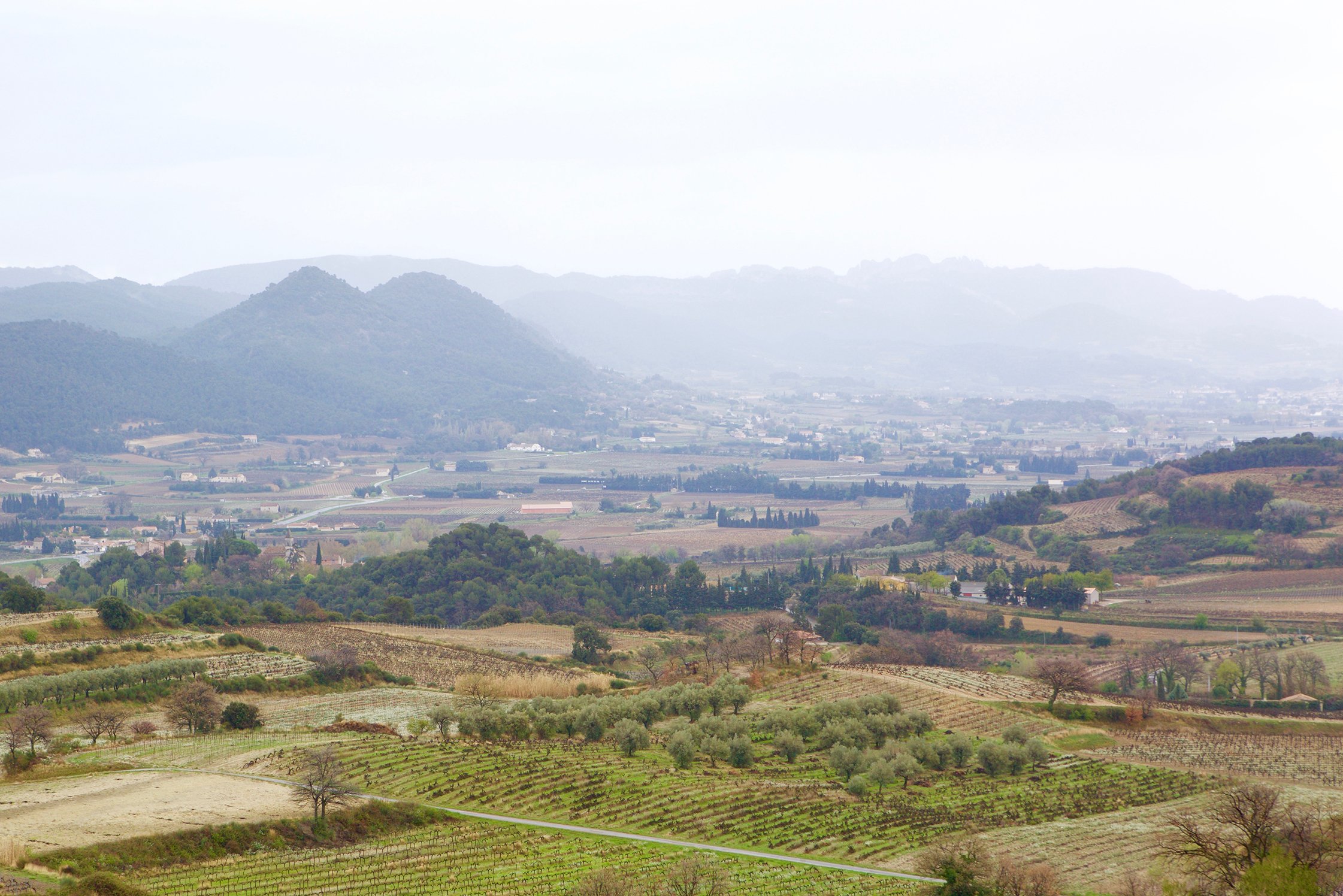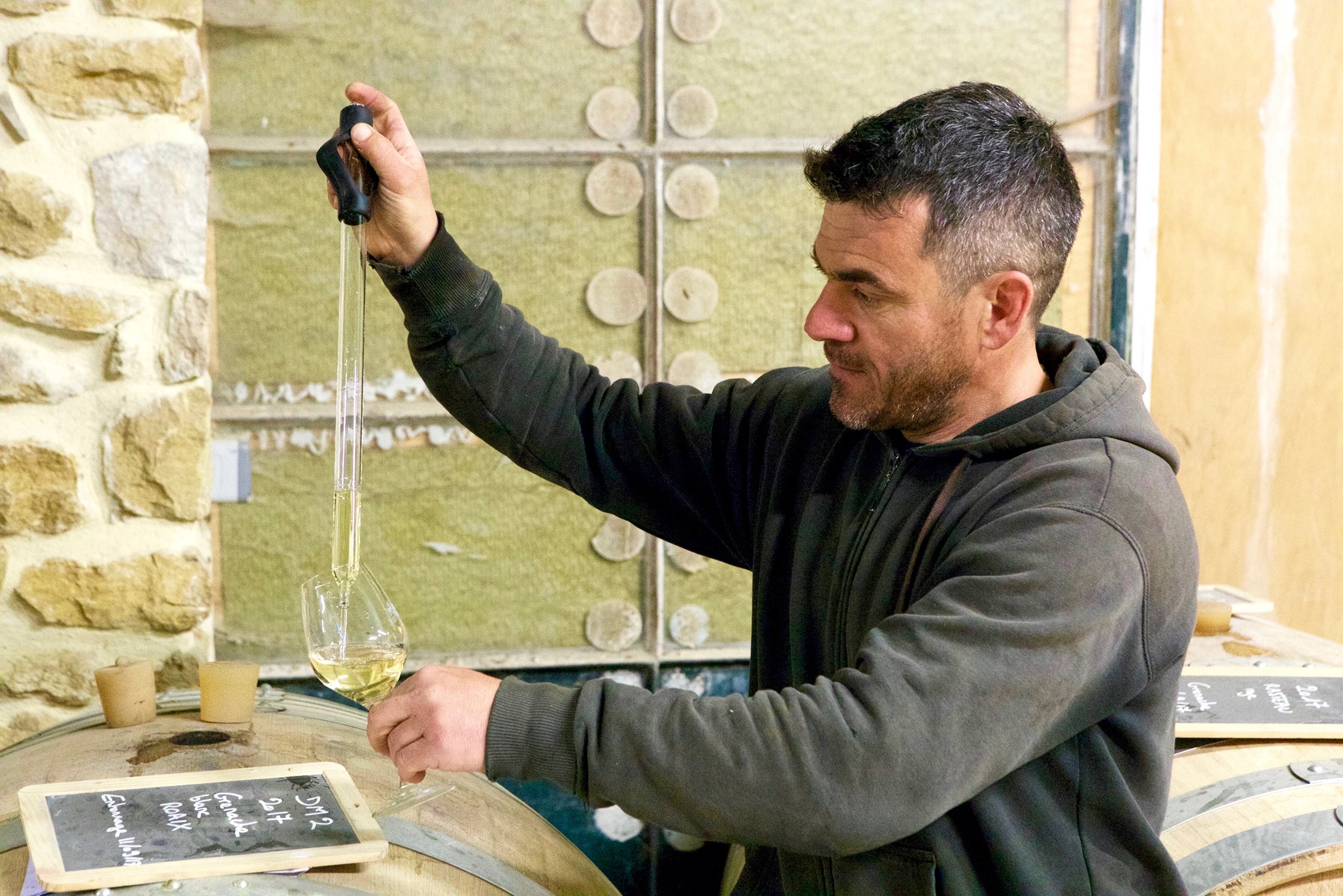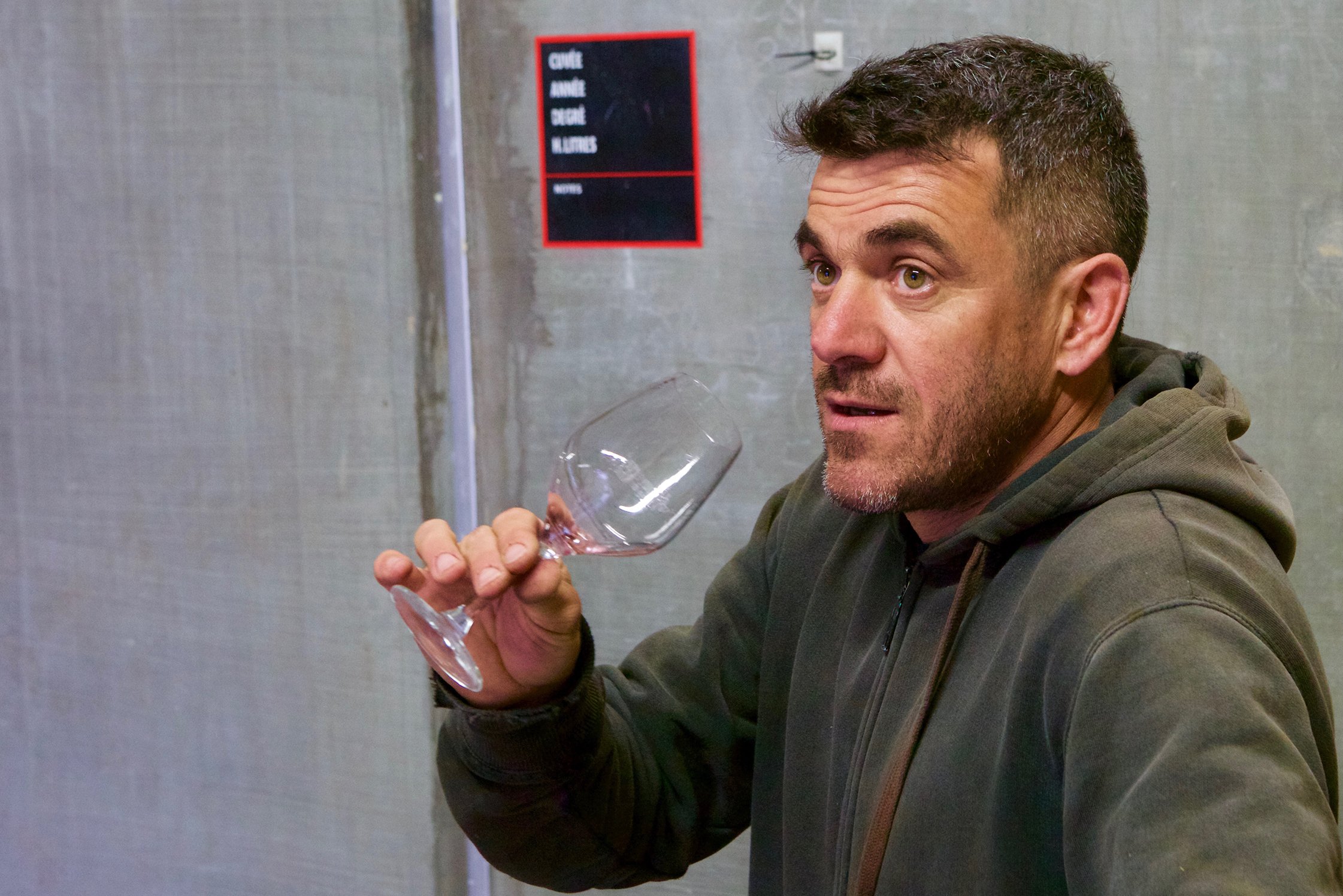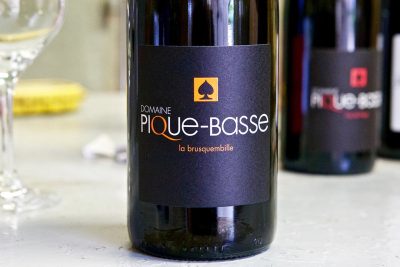Pique Basse
Southern Rhône, France
This website contains no AI-generated text or images.
All writing and photography are original works by Ted Vance.
Olivier Tropet’s vines grown in the tiniest Côtes-du-Rhône Village appellation, Roaix, are as soulful as they are impressive. Just northeast of Rasteau and north of Gigondas, his organic certified and Demeter certified (2022) vineyards grow on a large, freestanding hill with vines terraced up to 350m. The pinnacle has sedimentary deposits of limestone and marl with eroded limestone (now fine white sands) and limestone-rich clays, and further toward the bottom lie coarser and heavier clays and river alluvium. The grapes are hand-harvested, the fermentations natural and without stems, and the aging is done mostly in 500l French oak barrels and concrete vats. La Brusquembille is a blend of 70% Syrah and 30% Carignan, and Le Chasse-Coeur, 80% Grenache, 10% Syrah and 10% Carignan. Olivier also makes small quantities of a Roaix white made of pure Grenache Blanc that stands out in the whole of the south of France for its lift, tension and mineral potency.


